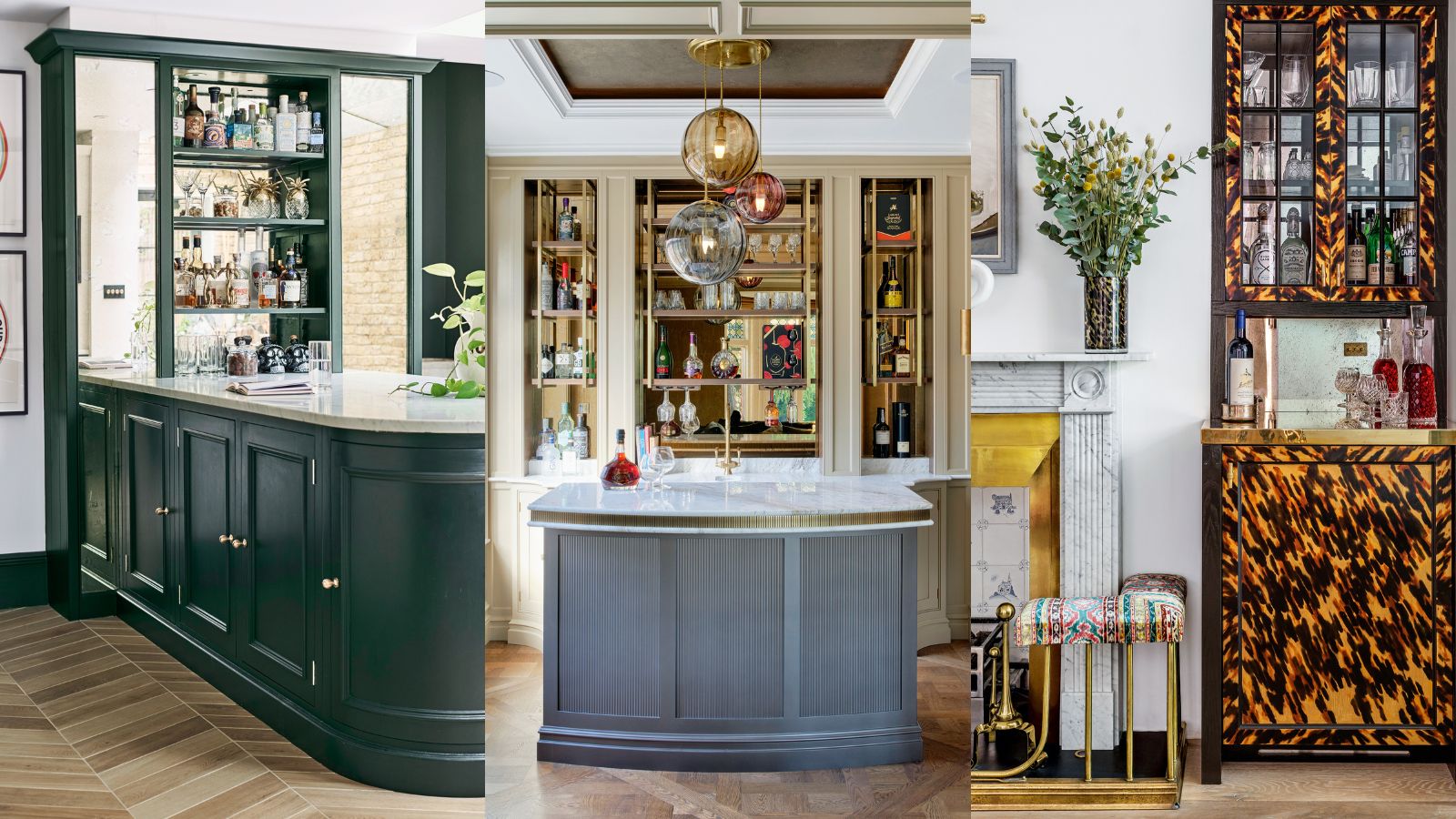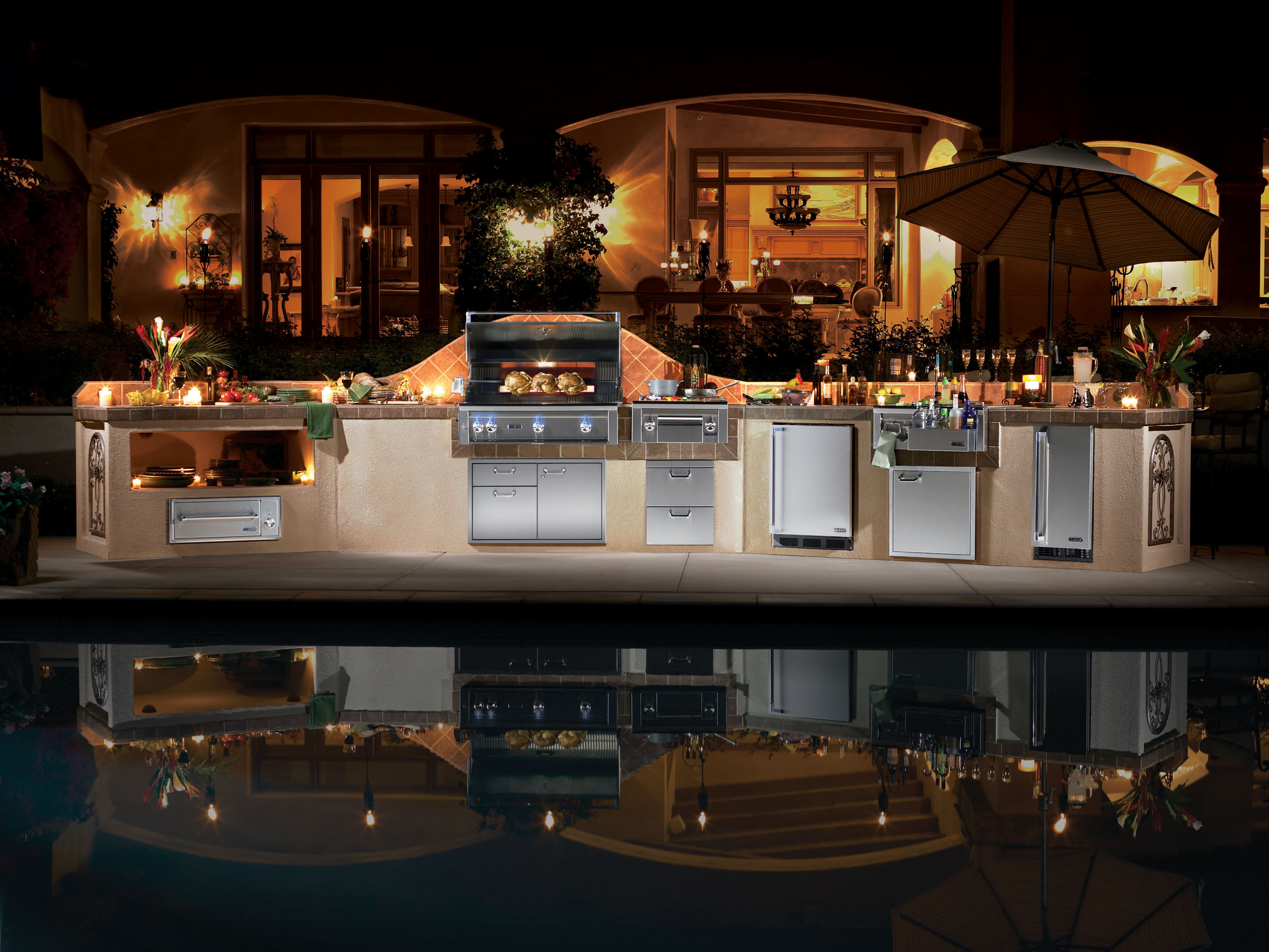Types of Home Bar Cabinet Systems

Choosing the right home bar cabinet system depends heavily on your available space, budget, and desired aesthetic. This guide explores the various types available, highlighting their pros and cons to help you make an informed decision. We’ll cover freestanding, built-in, and wall-mounted options, examining their dimensions, materials, and key features.
Freestanding Home Bar Cabinets
Freestanding bar cabinets offer flexibility in placement and are easily moved if needed. They range in size from compact units suitable for smaller spaces to larger, multi-functional cabinets that can include additional storage or even a built-in ice maker. Materials vary widely, including wood (oak, mahogany, cherry), engineered wood (MDF, particleboard), metal (steel, aluminum), and even glass. Dimensions typically range from 36 inches to 72 inches in width, 18 inches to 24 inches in depth, and 36 inches to 48 inches in height, though these can vary considerably depending on the model.
Built-in Home Bar Cabinets, Home bar cabinet system
Built-in bar cabinets are custom-designed to fit a specific space, often integrated seamlessly into existing cabinetry. This allows for maximum space efficiency and a cohesive look with the rest of the kitchen or living area. Materials are generally consistent with those used in kitchen cabinets, including various types of wood, veneers, and laminates. Dimensions are completely customizable, depending on the available space and the homeowner’s preferences. A typical built-in unit might range from 48 inches to 120 inches in width, 24 inches in depth, and 36 inches to 72 inches in height, but these figures are highly variable.
Wall-Mounted Home Bar Cabinets
Wall-mounted bar cabinets are a space-saving solution, ideal for smaller homes or apartments. They are typically shallower than freestanding or built-in cabinets, minimizing their footprint. Materials commonly include wood, metal, and glass. Dimensions are generally smaller, often ranging from 24 inches to 48 inches in width, 12 inches to 18 inches in depth, and 12 inches to 36 inches in height. These units are perfect for storing liquor, glassware, and bar tools without taking up valuable floor space.
Comparison of Home Bar Cabinet Systems
The following table compares the three types of home bar cabinets based on space efficiency, cost, and aesthetics.
| Feature | Freestanding | Built-in | Wall-Mounted |
|---|---|---|---|
| Space Efficiency | Moderate; can be bulky | High; custom fit | High; minimal footprint |
| Cost | Moderate to high; varies widely | High; custom design and installation | Low to moderate |
| Aesthetics | Versatile; many styles available | Seamless integration; high-end look | Modern and sleek; space-saving |
High-End vs. Budget-Friendly Features
The features offered in home bar cabinets vary greatly depending on price point.
Home bar cabinet system – High-end home bar cabinets often include:
- Customizable interior layouts with adjustable shelving and dividers.
- High-quality materials like solid wood veneers or exotic hardwoods.
- Built-in lighting, often LED, to showcase the barware and liquor collection.
- Advanced features such as built-in refrigeration, ice makers, or wine racks.
- Soft-close hinges and drawers for quiet and smooth operation.
- Elegant hardware and finishes, such as polished chrome or brushed nickel.
Budget-friendly home bar cabinets typically feature:
- Simpler designs and fewer customization options.
- More economical materials like engineered wood or particleboard.
- Basic shelving and storage solutions.
- Standard hinges and drawer slides.
- Limited or no additional features like lighting or refrigeration.
Designing and Installing a Home Bar Cabinet System

Creating a custom home bar cabinet system involves careful planning and execution. This process allows for personalization, ensuring the final product perfectly complements your space and lifestyle. By considering factors such as available space, desired storage, and aesthetic preferences, you can design a bar system that’s both functional and visually appealing. This section details the steps involved in this process, from initial design to final installation.
Designing a Custom Home Bar Cabinet System
Designing your home bar cabinet system begins with assessing your available space and determining your storage needs. Consider the dimensions of the area where you plan to install the cabinet, taking into account any existing features like doorways or windows. Measure carefully to ensure an accurate representation of your space. Next, evaluate your liquor collection, glassware, and bar tools to determine the required storage capacity. This will inform the size and configuration of your cabinet, including the number of shelves, drawers, and compartments. Finally, choose a design aesthetic that complements your existing décor. This could range from a sleek, minimalist style to a more traditional, ornate design. Consider materials like wood, metal, or glass, and choose finishes that match your overall home style. Sketching your ideas can help visualize the final product and refine your design.
Tools and Materials Required for Installation
Proper tools and materials are essential for a successful installation. The specific requirements will vary depending on the complexity of your design and the materials used. However, a typical installation will necessitate a range of tools and materials.
- Measuring tape and level
- Drill with various drill bits
- Screwdrivers (Phillips and flathead)
- Saw (depending on material: hand saw, circular saw, jigsaw)
- Safety glasses and work gloves
- Wood glue (if applicable)
- Screws and other fasteners
- Cabinet hinges and hardware
- Wood filler (if applicable)
- Sandpaper
- Primer and paint or stain (if applicable)
Integrating Lighting into a Home Bar Cabinet System
Lighting plays a crucial role in enhancing the ambiance and functionality of a home bar cabinet system. Different lighting methods can create various moods and highlight specific features.
Under-Cabinet Lighting
Under-cabinet lighting, typically using LED strip lights, provides a soft, ambient glow that illuminates the bar area without being overly bright. This style is effective in highlighting the countertop and backsplash, creating a warm and inviting atmosphere. The diffused light avoids harsh shadows, making it easy to see and access items within the cabinet. The LED strip lights can be easily installed using adhesive backing and are energy-efficient, adding to their practicality.
Interior Cabinet Lighting
Interior cabinet lighting, often using small LED puck lights or strip lights, focuses illumination within the cabinet itself. This allows for clear visibility of the contents, making it easy to locate specific bottles or glassware. Different color temperatures can be selected to achieve various effects; warm white for a cozy setting, or cooler white for a more modern feel. The placement of these lights should be strategic to evenly illuminate the entire interior, avoiding dark corners.
Maintaining and Upgrading a Home Bar Cabinet System

A well-maintained home bar cabinet system not only enhances the aesthetic appeal of your space but also ensures its longevity and functionality. Regular care and proactive maintenance can prevent costly repairs and extend the lifespan of your investment. Understanding common problems and knowing how to upgrade your system allows you to tailor it to your evolving needs and preferences.
Maintaining a Home Bar Cabinet System
Proper maintenance is crucial for preserving the beauty and functionality of your home bar cabinet system. Neglecting routine care can lead to damage and reduce the overall lifespan of the system. The following tips Artikel essential maintenance practices.
- Regular Cleaning: Dust and spills should be cleaned promptly to prevent staining and damage. Use a soft, damp cloth for wood surfaces and a suitable cleaner for other materials. Avoid abrasive cleaners.
- Inspecting Hardware: Regularly check hinges, latches, and other hardware for looseness or damage. Tighten loose screws or replace damaged parts as needed. This prevents the cabinet from malfunctioning.
- Protecting Surfaces: Use coasters and placemats to protect the cabinet’s surface from scratches and spills, especially if it’s made of a delicate material like wood or lacquer. This will help preserve the cabinet’s finish.
- Lubricating Hinges and Slides: Periodically lubricate hinges and drawer slides with a light machine oil or silicone spray to ensure smooth operation and prevent squeaking. This simple step can significantly extend their lifespan.
- Inventory Management: Regularly check your alcohol and supplies inventory. Discard expired items and reorganize to optimize space and accessibility. This keeps your bar organized and efficient.
Common Problems and Solutions for Home Bar Cabinet Systems
Several common issues can arise with home bar cabinets. Understanding these problems and their solutions allows for timely intervention and prevents further damage.
| Problem | Cause | Solution |
|---|---|---|
| Sticking Drawers | Swelling from moisture, debris buildup, or warped wood | Lightly sand any swollen wood, clean debris, and lubricate the slides. Consider replacing damaged slides. |
| Loose Hinges | Wear and tear, loose screws | Tighten loose screws or replace damaged hinges. |
| Damaged Finish | Scratches, spills, or exposure to harsh chemicals | For minor scratches, use a touch-up pen or furniture polish. For more significant damage, consider refinishing or repainting. |
| Water Damage | Leaks, spills | Dry the affected area thoroughly and address the source of the leak. If mold develops, contact a professional for remediation. |
| Insufficient Storage | Poor planning or increasing collection | Consider adding shelves, racks, or other storage solutions inside the cabinet. Alternatively, a larger cabinet might be necessary. |
Upgrading a Home Bar Cabinet System
Upgrading your existing system can enhance both its functionality and aesthetics. Several improvements can be made without requiring a complete replacement.
Adding Lighting: Installing interior lighting dramatically improves visibility and enhances the overall ambiance. Consider LED strip lights for a modern look or small spotlights for a more classic feel. Proper lighting showcases your collection and makes finding items easier.
Improving Organization: Adding custom dividers, racks, or trays can greatly improve organization and accessibility. This could include specialized bottle racks, glass holders, or drawers for bar tools. Efficient organization streamlines the bartending process.
Replacing Hardware: Updating cabinet knobs, pulls, and hinges can significantly impact the overall appearance. Choose hardware that complements your bar’s style and personal taste. This relatively inexpensive upgrade can transform the look of your cabinet.
Adding a Wine Rack: If you’re a wine enthusiast, incorporating a wine rack is a practical upgrade. Consider a built-in rack for a seamless look or a freestanding rack for flexibility. Proper wine storage is essential for preserving its quality.
Refacing or Refinishing: If the cabinet’s exterior is damaged or outdated, consider refacing or refinishing. Refacing involves replacing the cabinet doors and drawer fronts, while refinishing involves sanding and reapplying a new finish. This is a more involved process but can dramatically revitalize the cabinet’s appearance.
